There’s an updated version of this article available which reflects recent changes. Click here to go to it.
Recurring donors are often your most committed supporters — so it’s especially important not to let them lapse.
ActionKit comes standard with about 300 built-in reports, including a few that can help you identify donors whose cards are about to expire and whose cards recently failed.
These reports are meant to be used for targeting recurring mailings, allowing you to automate the process of checking up on donors.
First, create your mailing
The first step here is to compose a mailing that briefly tells donors their cards are about to expire, how much you appreciate them, and how they can update their credit card so their donations can continue to be processed.
How can they update their credit card? This is where the Update Recurring Donation page type comes in. Either create a page of this type or use the default, and link to it.
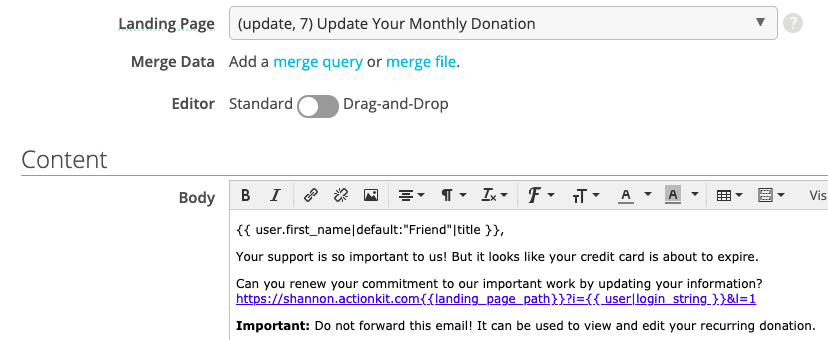
Test it out!
Set up a recurring donation of your own, then send yourself a proof of this mailing using your user ID that has this recurring donation, so you can see exactly what the process will look like to your users.
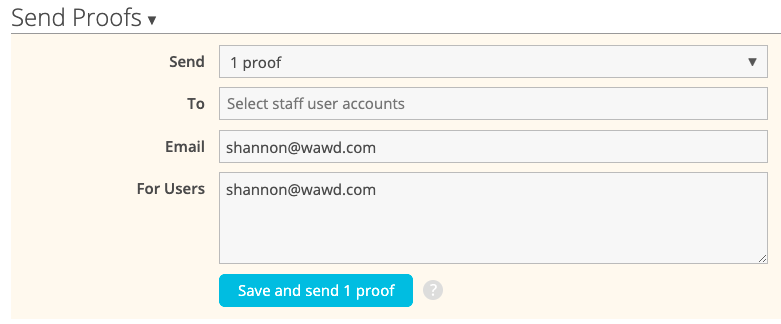
Use the built-in targeting
ActionKit’s built-in query “Donors Whose Cards Expire Next Month” is exactly what we need to include on the Target screen. This report finds all subscribers with an active recurring donation whose credit cards are about to expire:
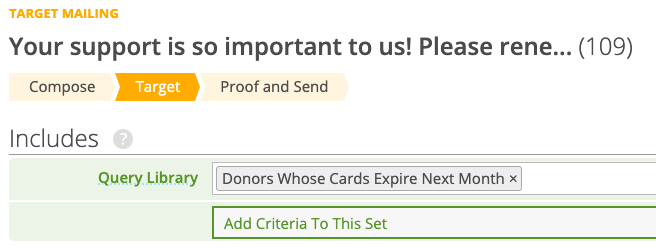
Make it recurring
Next, on the Proof and Send screen, we’ll need to tell ActionKit we want to make this mailing recurring, which will allow us to set it and forget it.
At the bottom of the proof and send screen is an option to make this mailing recurring:
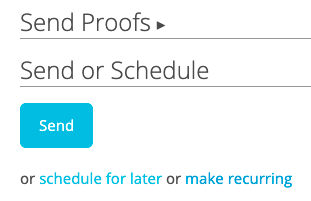
Next, we’ll either choose an existing recurring mailing series or create a new one. For this example, I’ll create a new one:
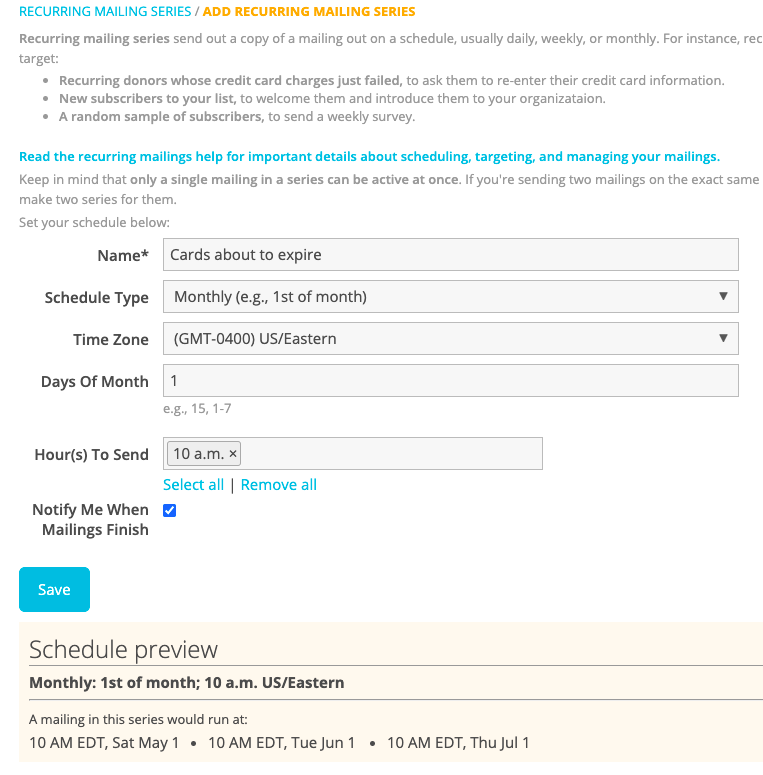
In this example, the recurring mailing series only emails once per month. But other recurring mailing series can email much more frequently. Some are even configured to send every hour. If you’re using a recurring mailing series that can potentially send frequently, be sure to configure its targeting to exclude those who already received the mailing recently. Use the People who have recently received a recurring mailing series:
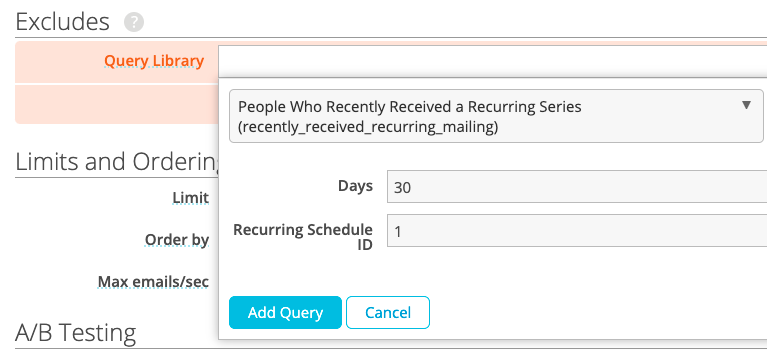
You’ll need to look up the recurring series ID in order to know what to put for “Recurring Schedule ID”. WHERE?
Most of the time, you’ll want to exclude all sends of the series you’re working on, but if you want to exclude anyone who has received any recurring series at all, you can use Recurring Schedule ID 0.
Try it out!
The example above shows how to set this up for cards that are about to expire. ActionKit also includes a built-in report for cards that have recently failed. Using this blog post, try to set up a recurring mailing for recently failed cards, too!
Interested in scheduling a demo with ActionKit? Let us know!
